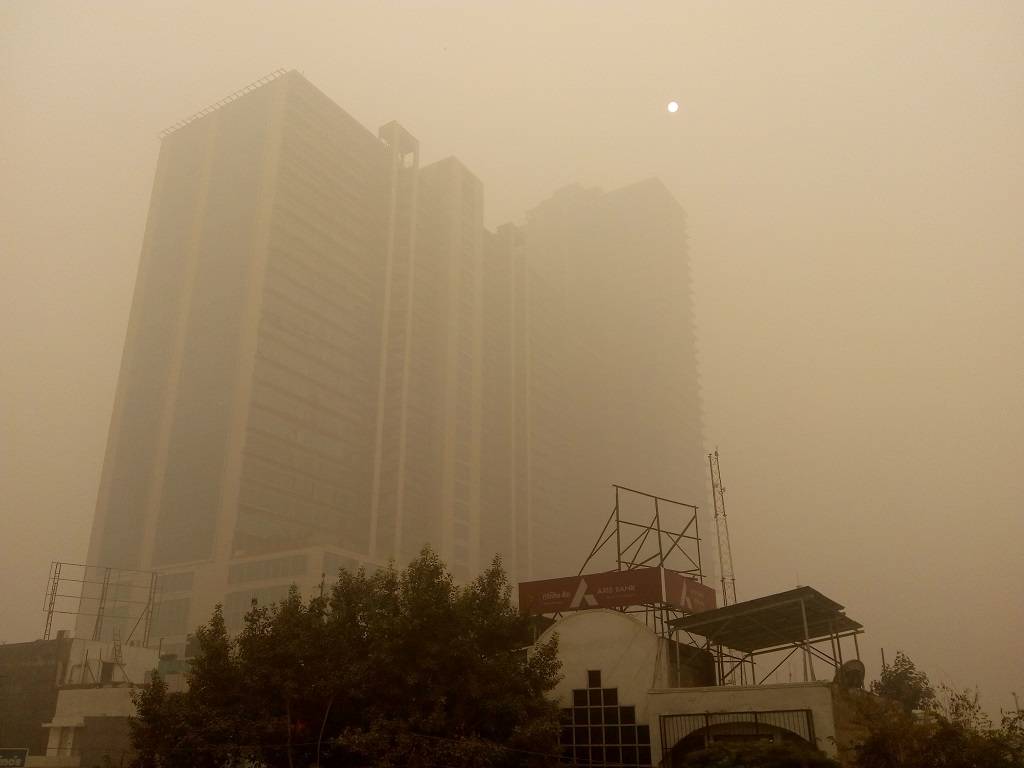
On Friday, Delhi's overall AQI was 303, up from 176 on Thursday morning. Noida's air quality, which had an AQI of 353, was in the same "extremely poor" category as the national capital. The city's air quality index on Friday was 329.
Gurugram's air quality index (AQI) also deteriorated, going from 239 ('poor') on Friday to 346 ('very poor') on Saturday. All of the monitoring stations in the nation's capital continued to record "extremely bad" air quality. At Lodhi Road, an AQI of 313 was noted. At 351, the air quality at Delhi University was worse.
The AQI in Pusa was 341 while it reached 373 in the Airport area. 341 was the number for Mathura Road. At Dhirpur, the air quality was 306, whereas it was 334 in the area of IIT Delhi.
SAFAR forecasts that on Sunday, when the AQI is projected to be at 311, the air quality in Delhi will somewhat improve. Despite fewer instances of stubble burning this year than last, the pollution levels in Delhi and the entire national capital region (NCR) remained the same.
According to the Indian Agricultural Research Institute (IARI), there was less stubble-burning incidences in Punjab, Haryana, and Uttar Pradesh during September to November of this year.
In comparison to the same period in 2021, Punjab experienced 40,677 incidences of stubble burning this year. 2,880 people were employed in Haryana as opposed to 5,063. In contrast, 1,134 farm fire incidents were reported in UP in 2018 compared to 2,117 in 2021.
















